Mold thrives in damp, dark conditions, posing health risks. Eco-friendly mold cleaners use natural ingredients like vinegar and essential oils for safer alternatives to harsh chemicals. Understanding mold growth patterns helps select effective solutions. Homemade eco-friendly cleaners are powerful, safe, cost-efficient, and adaptable. Regular ventilation, protective gear, proper technique, and prevention of moisture issues stop mold recurrence.
Do homemade mold removers live up to the hype? This guide explores whether these natural alternatives truly tackle mold effectively while prioritizing your health and the environment. We’ll delve into the science behind mold growth, the benefits of eco-friendly cleaners, and common ingredients in DIY solutions. By comparing store-bought and homemade options, understanding application techniques, and learning prevention tips, you’ll be equipped to make an informed choice for a mold-free space.
- Understanding Mold Growth and Health Risks
- Benefits of Eco-Friendly Mold Removers
- Common Ingredients in Homemade Solutions
- Effectiveness Comparison: Store-Bought vs. Homemade
- Application Techniques for Optimal Results
- Preventing Mold Return After Cleaning
Understanding Mold Growth and Health Risks

Mold thrives in damp, dark environments, growing quickly on various surfaces, from walls and ceilings to wood and fabric. It produces tiny spores that spread easily through air currents, making it nearly impossible to eliminate all traces once established. While some people may not experience symptoms, mold exposure can lead to health issues for others, particularly those with respiratory conditions, allergies, or a weakened immune system.
Eco-friendly mold cleaners offer an alternative to harsh chemical solutions, providing effective mold removal without the risk of residual toxins. These products often contain natural ingredients like vinegar, essential oils, and baking soda known for their antimicrobial and deodorizing properties. By understanding how mold thrives and the potential health risks associated with it, individuals can make informed decisions about choosing safe, effective, and environmentally responsible solutions for managing mold growth in their homes.
Benefits of Eco-Friendly Mold Removers
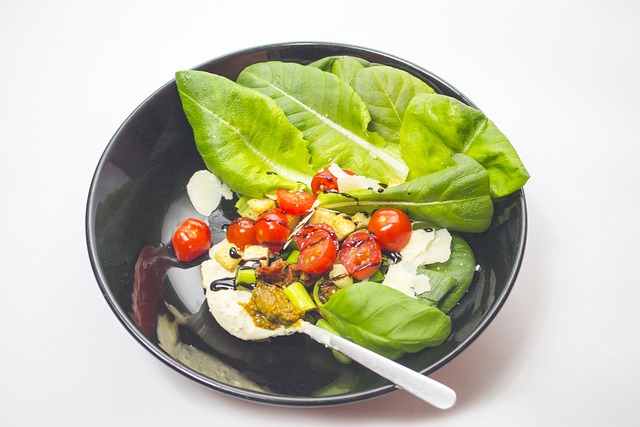
Using eco-friendly mold removers offers a multitude of benefits for both your home and the environment. These natural alternatives typically contain fewer harsh chemicals compared to their commercial counterparts, making them safer for occupied spaces and reducing potential health risks associated with prolonged exposure to toxic compounds. By choosing plant-based or enzyme-based products, you can minimize the risk of irritation, allergies, and respiratory issues that sometimes accompany conventional mold removal solutions.
Moreover, opting for eco-friendly mold cleaners contributes to a sustainable lifestyle by reducing environmental pollution. Many commercial mold removers release volatile organic compounds (VOCs) into the air, contributing to indoor air pollution. In contrast, green options often have lower or no VOC content, ensuring cleaner air quality and promoting a healthier living environment. This shift towards eco-friendly practices not only benefits individuals but also contributes to preserving ecosystems and biodiversity for future generations.
Common Ingredients in Homemade Solutions
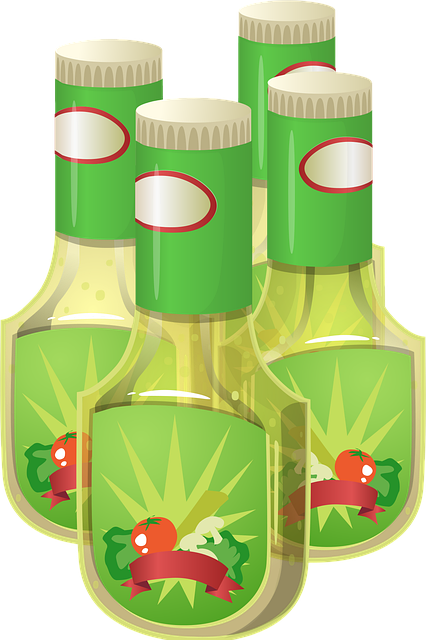
Many homemade mold remover solutions rely on ingredients that are both effective and environmentally friendly, making them an attractive alternative to commercial products. Common eco-friendly options include white vinegar, baking soda, essential oils, and hydrogen peroxide.
White vinegar, for instance, is a powerful acid that can break down the cell walls of mold, preventing its growth. Baking soda acts as a gentle abrasive, helping to lift stains and remove mold without damaging surfaces. Essential oils, like tea tree or eucalyptus, offer natural antimicrobial properties, while hydrogen peroxide serves as a mild bleach, effectively eliminating mold and its spores. These simple, readily available ingredients can be mixed together to create an effective and safe eco-friendly mold cleaner for various surfaces in your home.
Effectiveness Comparison: Store-Bought vs. Homemade
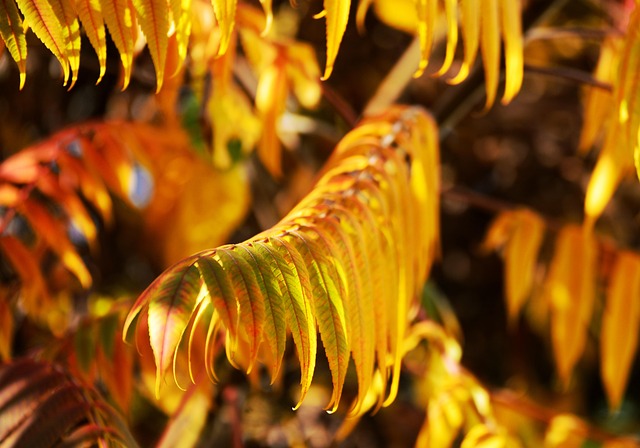
When it comes to effectiveness, a key comparison lies between store-bought mold removers and their homemade counterparts. Many people wonder if DIY solutions can match the power of commercial products. In reality, homemade eco-friendly mold cleaners can be surprisingly effective. Ingredients like baking soda, vinegar, and essential oils are not only accessible but also safe for both people and the environment. These natural alternatives often outperform store-bought options in terms of cost-efficiency and health benefits, as they avoid harsh chemicals that may cause respiratory issues.
Moreover, homemade mold removers offer a level of customization unavailable in store-bought products. By adjusting recipes to specific needs, users can tailor their cleaning solutions for different mold types and surfaces. This versatility makes them ideal for navigating hard-to-reach areas or addressing sensitive material concerns. In comparing store-bought versus homemade, the latter stands out as a viable—and often superior—choice due to its environmental friendliness, affordability, and adaptability.
Application Techniques for Optimal Results
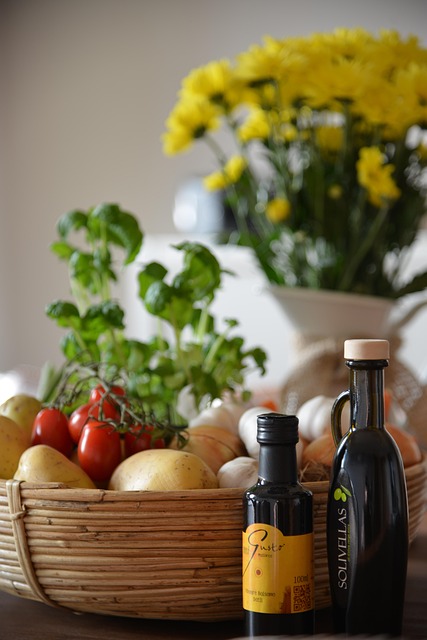
For optimal results with homemade mold removers, proper application techniques are key. Start by ensuring your space is well-ventilated to prevent any exposure to mold spores during the cleaning process. Put on protective gear, including gloves and a mask, to safeguard against potential irritants. When using eco-friendly mold cleaners, follow the instructions carefully for safe and effective application. This often involves spraying or brushing the solution directly onto affected areas, allowing it to sit for a specific duration, then scrubbing gently with a non-abrasive tool or brush. Rinse thoroughly with clean water afterward.
Remember that different surfaces require distinct approaches. For instance, treat wooden furniture or walls differently than tiles or hard floors. Test a small, inconspicuous area first to ensure the homemade cleaner won’t cause discoloration or damage. Regular cleaning and maintenance are also crucial; addressing mold issues promptly and preventing recurrence can be achieved with consistent eco-friendly mold cleaner use, along with proper ventilation and humidity control measures.
Preventing Mold Return After Cleaning
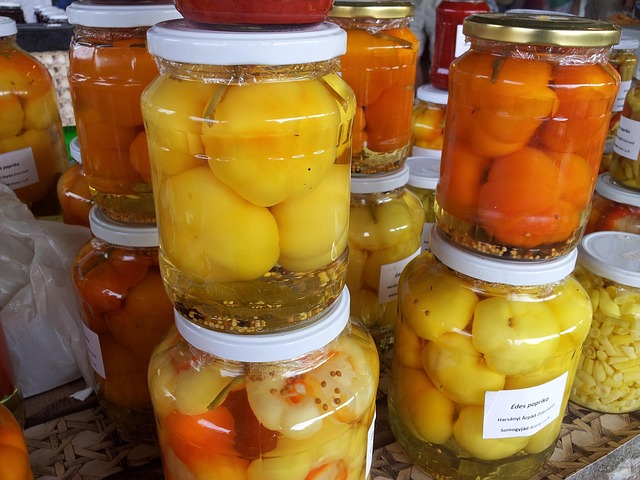
After successfully removing mold, preventing its return is crucial for maintaining a healthy environment. One effective strategy involves using an eco-friendly mold cleaner as part of your prevention routine. These cleaners are designed to not only eliminate existing mold but also inhibit its regrowth by addressing the underlying moisture issues that foster its development.
Regular cleaning and maintenance play a significant role in mold prevention. It’s recommended to increase ventilation, address leaks promptly, and ensure proper humidity levels within your home. Additionally, using natural barriers like vinegar or essential oils can deter mold growth without resorting to harsh chemicals. By combining these methods, you can effectively prevent mold from returning and create a healthier living space.
